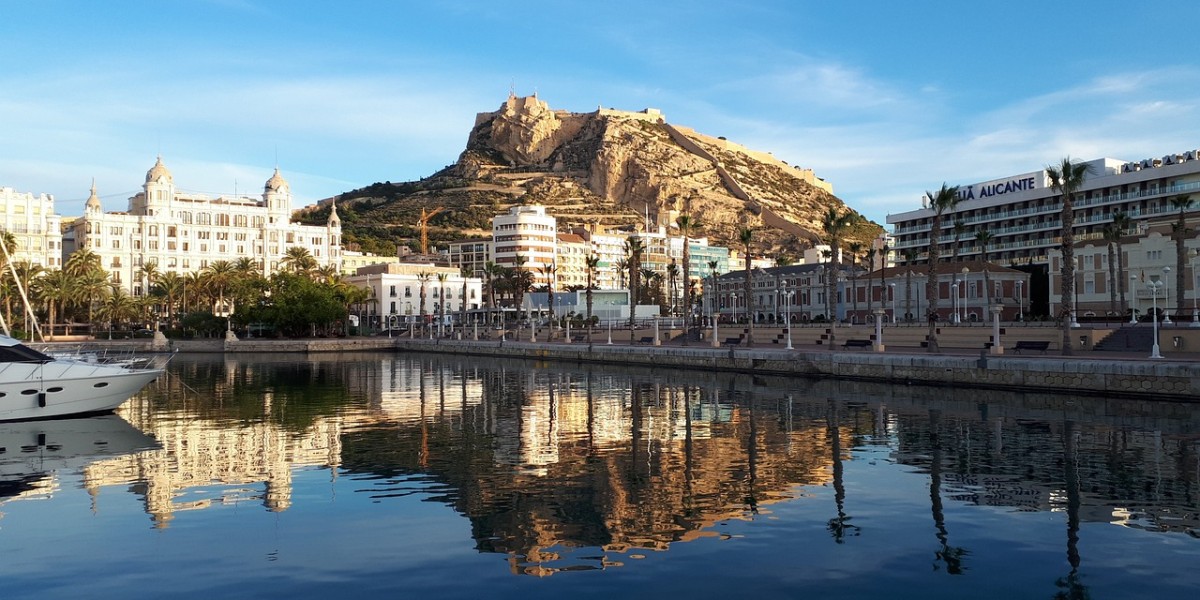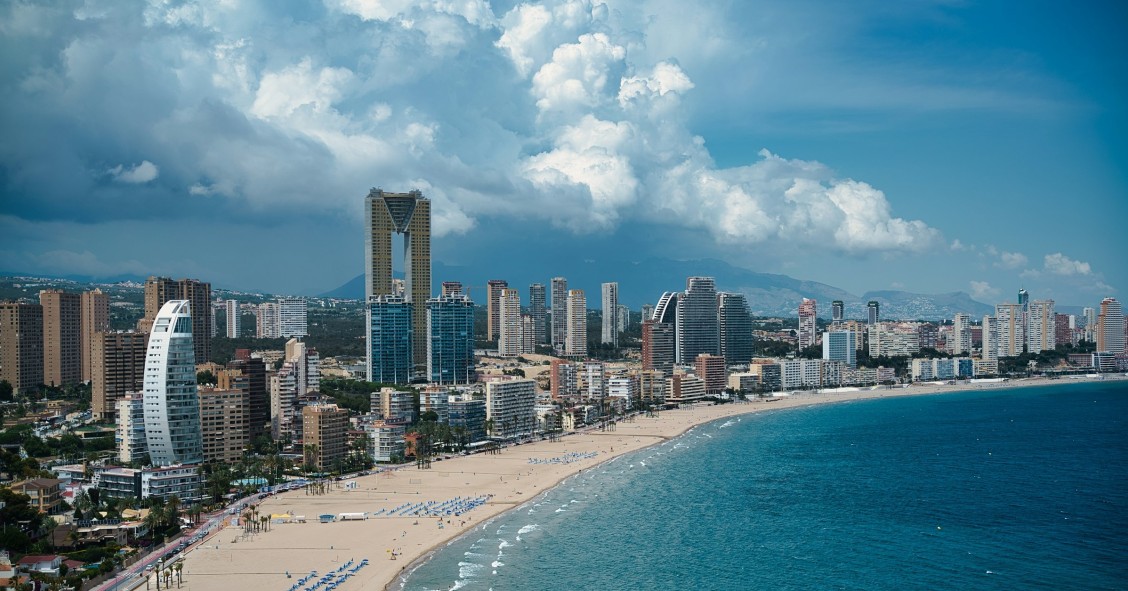
Spain is a country celebrated for its cultural and geographical diversity, a characteristic that is reflected in its cities, each boasting its unique character and heritage. Spain not only attracts millions of tourists but also hosts a diverse population that adds to the country’s vibrancy and dynamism.
But do you know which cities are the most populated in Spain? Discover them based on the latest census data from the Spanish Institute of Statistics (INE) for 2023.
Madrid
With a population exceeding 3.3 million, Madrid is the capital and most populous city of Spain. It serves as a significant economic, political and cultural hub, making it a crucial centre for the country. The city is renowned for its vibrant nightlife, world-class museums like the Prado and Reina Sofía and a rich food scene.

Barcelona
Barcelona, the second most populous city in Spain, is a captivating destination that seamlessly combines history, culture and modernity. With around 1.6 million residents, it stands as a prime example of how tradition and innovation can coexist in perfect harmony. The city is renowned for its iconic modernist architecture, exemplified by Antoni Gaudí’s masterpieces, including the Sagrada Familia and Park Güell. Additionally, Barcelona boasts a vibrant cultural scene that adds to its unique charm.
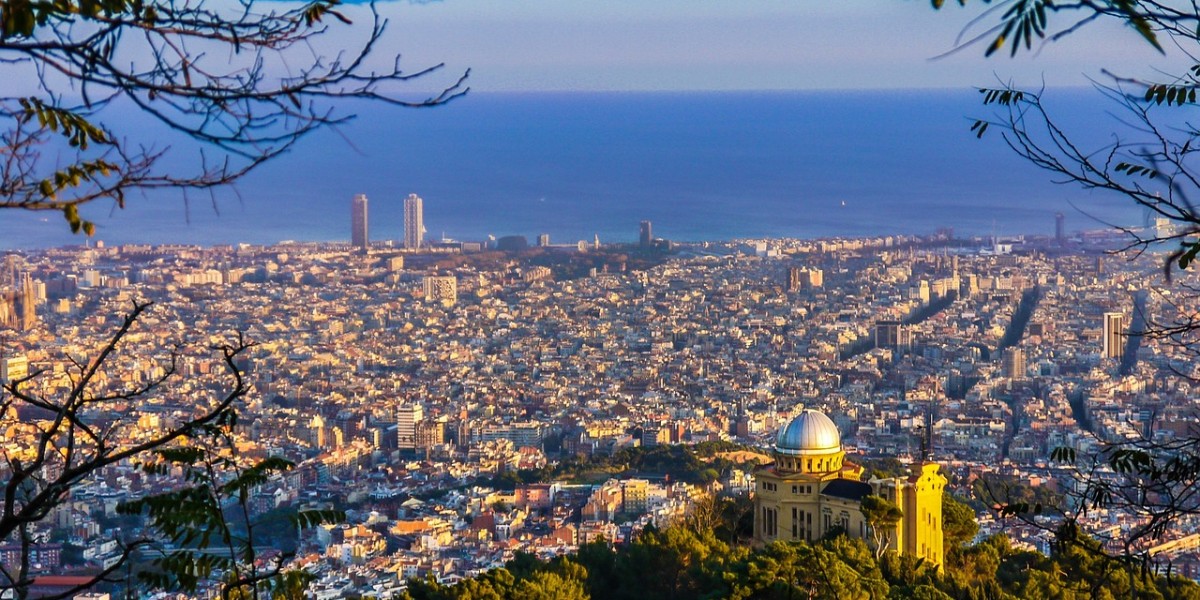
Valencia
With approximately 807,000 inhabitants, Valencia is the third most populated city in Spain. This Mediterranean city is known for its economic dynamism and rich cultural heritage. In recent decades, Valencia has undergone significant growth, transforming its urban and economic landscape. The city is renowned for its vibrant festivals, such as Las Fallas, and is also home to the iconic City of Arts and Sciences, a popular cultural and architectural landmark.
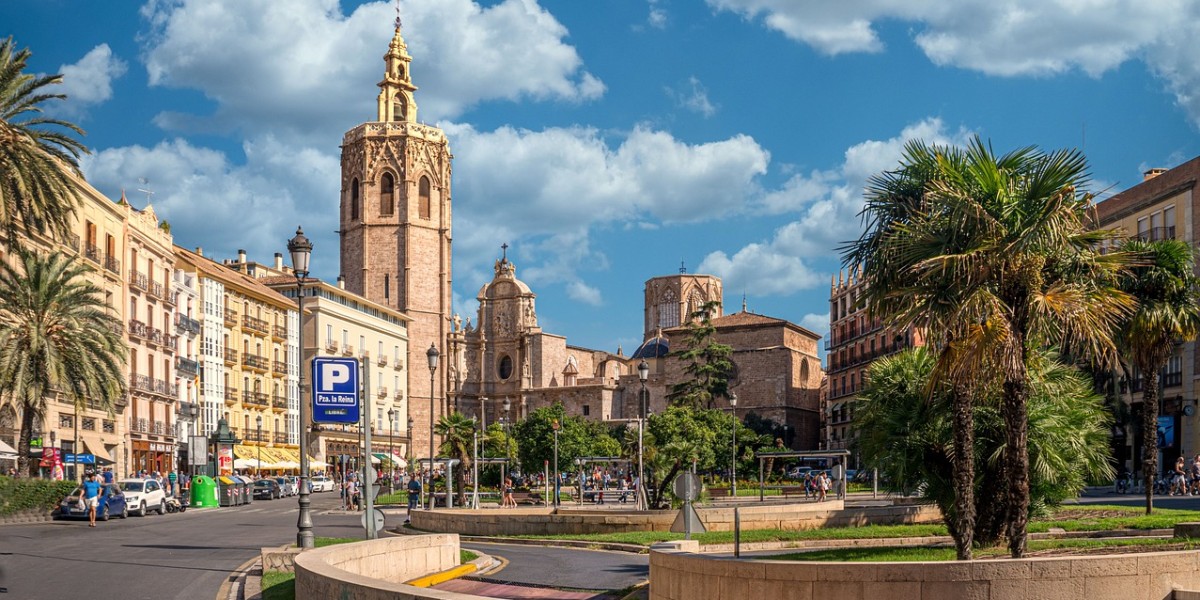
Seville
The city of Seville, with around 685,000 inhabitants, is the capital of Andalusia. Known for its warm climate and vibrant cultural life, Seville boasts a rich historical heritage that has made it a renowned tourist destination. The city’s historic centre features some of Spain’s most iconic landmarks, including the majestic Seville Cathedral, the Giralda and the stunning Real Alcázar.

Zaragoza
The capital of Aragón, Zaragoza, with a population of around 682,000, is the fifth most populated city in Spain. It serves as a major logistics and industrial hub, thanks to its strategic location between Madrid and Barcelona. Zaragoza has established itself as a key economic centre in the Aragón region while also being a significant cultural and historical reference point. One of its notable architectural landmarks is the Basilica del Pilar.
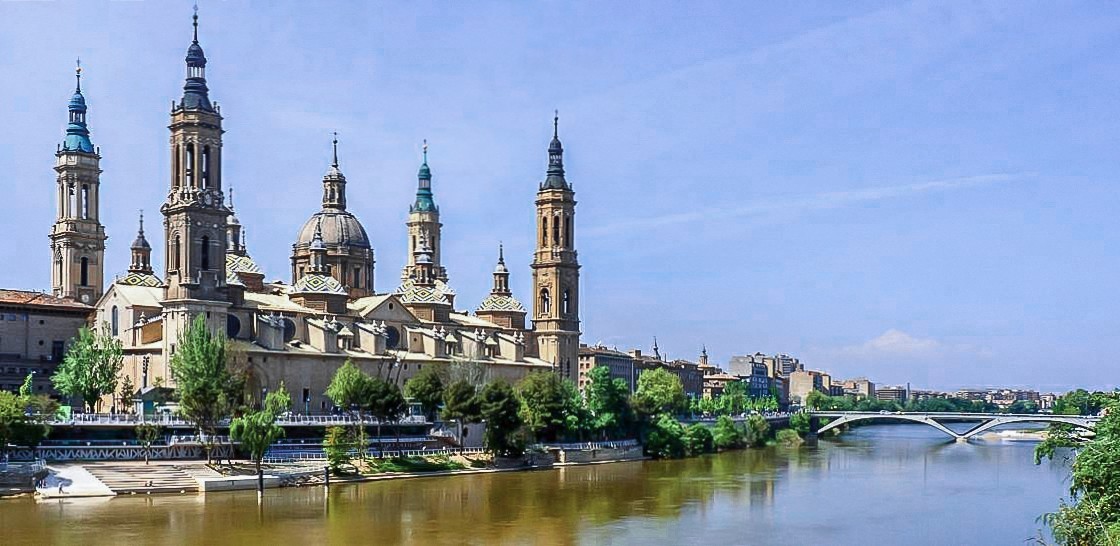
Málaga
With a population of around 586,000, Málaga is the largest city on the Costa del Sol. Its prime location in southern Spain makes it a top tourist destination. The city is renowned for its charming old town, where visitors can explore historical landmarks such as the Alcazaba and the Roman Theatre. In addition to its strong tourist appeal, Málaga has seen significant growth in the technology sector.
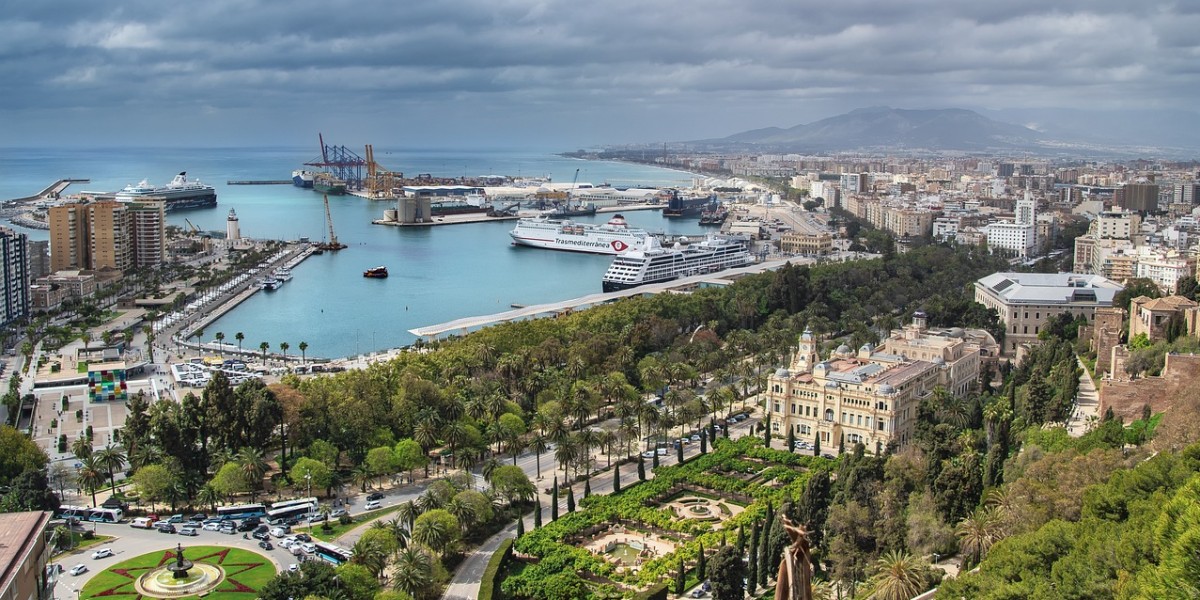
Murcia
With a population of nearly 469,000, Murcia is known as "the garden of Europe" due to its prominence in agriculture and the food industry. Situated in the southeast of Spain, the city plays a crucial role in the production and export of fruits and vegetables, thanks to its favourable climate and fertile lands. Murcia also boasts a rich cultural and architectural heritage, featuring landmarks such as the impressive Cathedral of Murcia and the elegant Royal Casino.
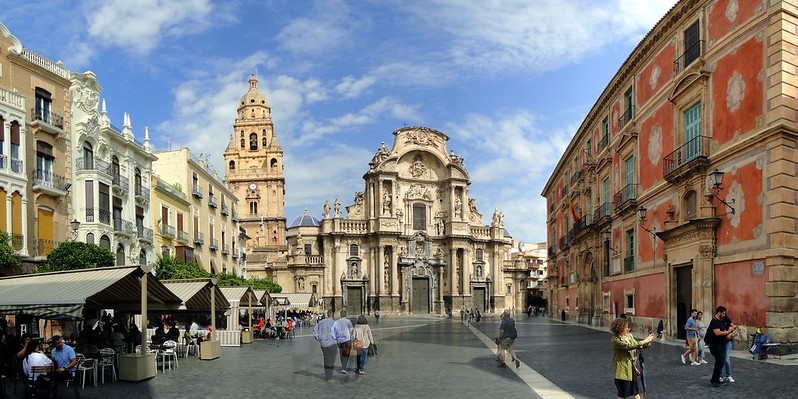
Palm
The city of Palma, with a population of around 423,000, is the capital of the Balearic Islands and one of the most sought-after tourist destinations worldwide. Its appeal lies in its Mediterranean climate, as well as its rich history and culture, exemplified by landmarks such as the Cathedral of Santa María, known as La Seu. Moreover, Palma acts as a crucial economic centre for the Balearic Islands, with tourism driving much of its wealth.
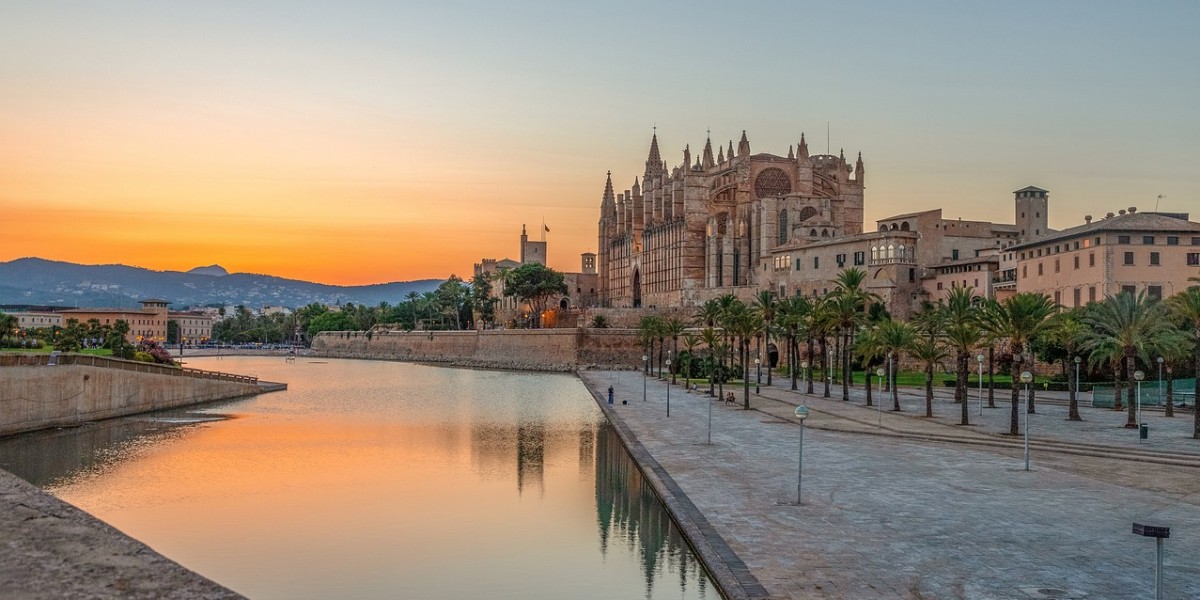
Las Palmas de Gran Canaria
With a population of around 378,000, Las Palmas de Gran Canaria is a crucial centre for trade and tourism in the Canary Islands. Its strategic location on the Atlantic Ocean makes it an important seaport. The city is also known for its cultural diversity and wide-ranging tourist offerings. Las Palmas boasts a rich historical heritage, which can be explored, notably, in the Vegueta district, a UNESCO World Heritage Site.
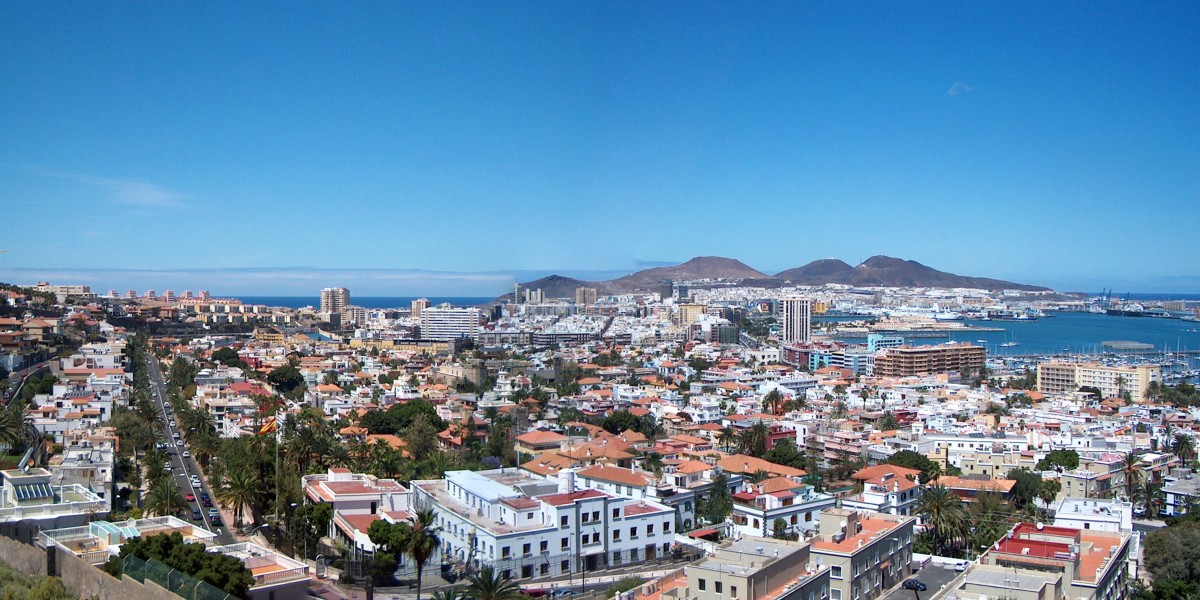
Alicante
With a population of around 349,000, Alicante is one of the key cities in the Valencian Community and a popular tourist destination on the Mediterranean coast. Its appeal lies in a unique blend of scenic beaches, a warm climate year-round, and a rich cultural scene. The city is known for its vibrant nightlife, traditional festivals and a bustling port that ranks among the busiest in the Mediterranean.
